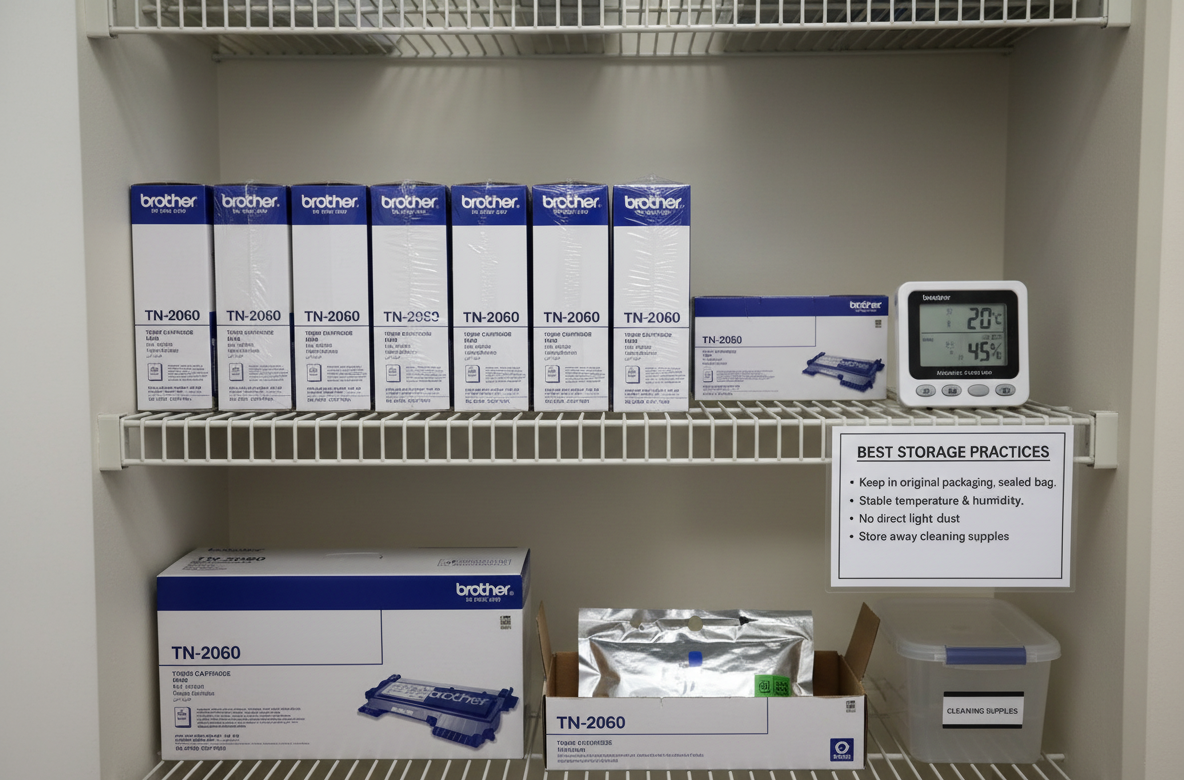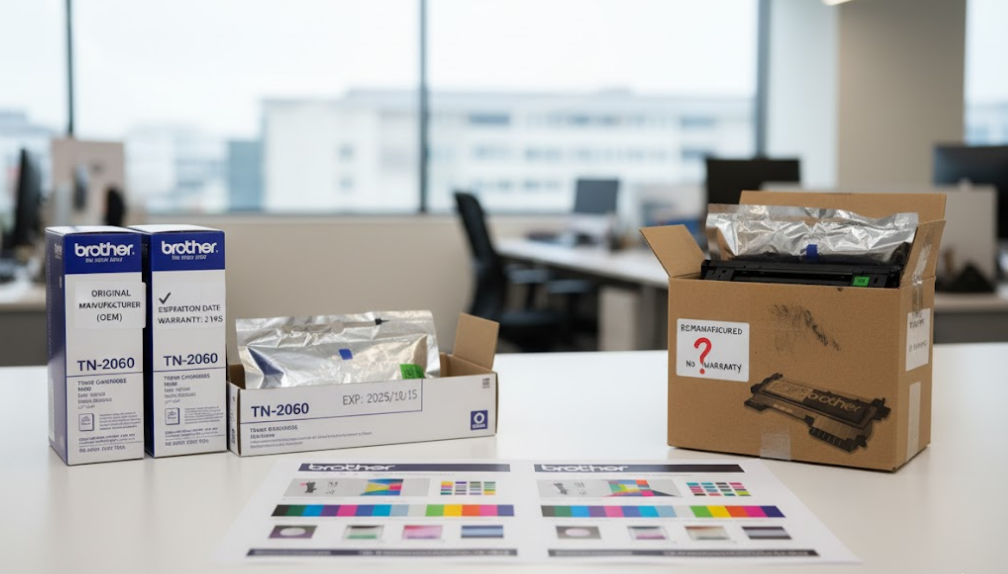It’s probably not surprising that ink and toner don’t last forever. Lifespans will vary, but they are typically somewhere between 1.5 and 2 years. Contrary to popular belief, the manufacturers aren’t setting these dates to make you keep buying their products.
The dates are in place to ensure that the product inside the ink or toner cartridges is still the same quality it was when it was made.
Here are some things you may not know about these expiration dates:
Most manufacturers include a warranty date with the toner or ink they make. You shouldn’t confuse this with the expiration date, however, as the warranty is generally much shorter than the freshness time-frame.
The product will usually last well beyond the warranty date, but the manufacturer will no longer guarantee its quality or functionality.
Some printer makers may void your warranty if an issue occurs while using expired toner or ink as well (is this true about refilling your ink and toner?), so it’s worth reading the fine print before pushing your luck.
Contrary to the internet’s popular belief, the expiration date actually does matter. Ink can change consistency and turn into a lumpy mess over time, which not only means poor print quality, but can actually damage your printer.
As the degraded ink sprays through the print heads, it can clog or corrode the components and make them unusable without repair. Toner doesn’t fare much better as it ages, because the fine powder inside can clump or change over time as well, though toner typically has better staying power than ink.

Your printer may be able to scan the cartridge and tell you when the expiration date is approaching. This doesn’t mean that the printer should stop working when the date passes, but it does mean that you should be aware of the upcoming need to refresh your ink or toner.
Some printers are set up to halt operation and display a warning that is difficult to bypass, so check out the warranty card before ignoring the alert.
There are some steps you can take to help prolong the life of your unused toner and ink, but even proper storage won’t help you print well beyond an expiration date. In order to make sure you get all of the life out of your print supplies that you can:
· Keep toner and ink in the original packaging, sealed in the enclosed bag if possible
· Do not store in a vehicle for a prolonged period of time
· If the cartridges are to be stored in a closet, try to find a location that has a relatively stable temperature over time, as extreme swings hot or cold can affect the quality of toner and ink
· Similarly, humidity in the storage space should remain fairly stable
· Dust, light, and even fumes from cleaning supplies can affect toner and ink, so store in an area that is not shared as a cleaning storage space

Original Equipment Manufacturer (OEM) ink and toner is made to the specifications of the printer makers themselves, meaning they’re guaranteed to work in your machine out of the box.
They are built and filled with new, fresh, ink and toner powder that has been inspected and is quality-controlled.
The other big benefit of these cartridges is that they have a factory-set expiration date and warranty period.
Buying ink or toner that has been refilled or remanufactured may mean that you’re getting something that has been modified in such a way that the expiration date is impossible to determine, and you never know that the factory doing the refill has set a new date to cover the work they’ve done.

How can you know that you’re buying ink and toner that isn’t expired?
The first and most important thing you should do is to make sure that you’re buying supplies from a trusted vendor or reseller. By relying on auction sites or unknown third-party sellers, you may end up with an expired or counterfeit (or both!) toner or ink cartridge.
Second, check the packaging for signs of tampering and authenticity.
Many ink and toner brands have a holographic stamp or sticker and most will have the expiration date printed right on the outside of the box.
Inside, the bag or vacuum packaging should be free of rips or tears, and should also have the expiration date clearly printed somewhere on it. If, after all of that, you install a cartridge that you think is good and get a warning, remove it immediately and contact the seller.
While expiration dates and warranty dates aren’t set in stone to guarantee that your ink or toner is still good (or bad), the dates do exist for a reason. The quality of your cartridges can degrade greatly over time and the product may even end up damaging your printer.
Planning ahead to buy only what you think you’ll need will help prevent needing to store ink or toner for longer periods of time and following some simple guidelines should keep the cartridges you do have to store fresher for longer.